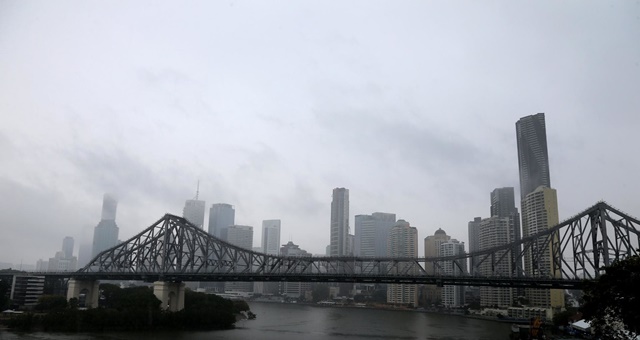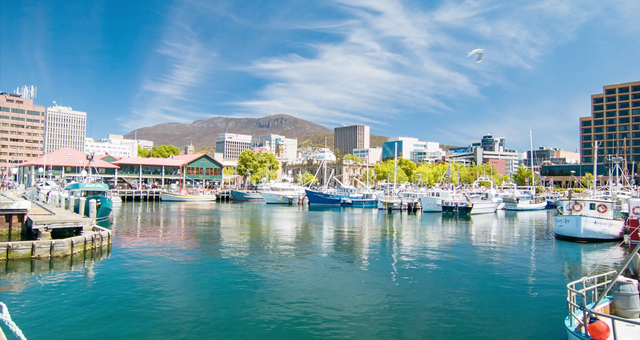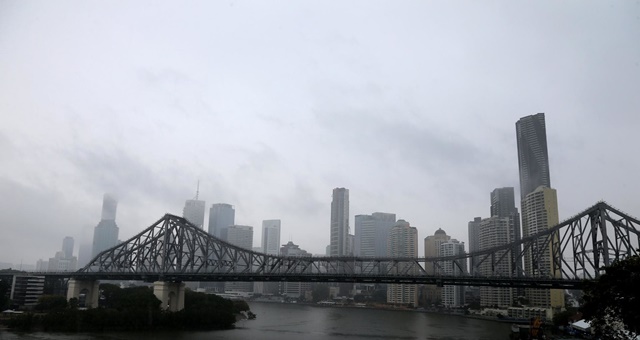
Brisbane hotels suffered a poor month in November, with official STR figures released today showing the Queensland capital recorded sizeable drops in all three major metrics
Coupled with the loss of the opening test in the annual Australian summer of cricket to Adelaide, not even a major Socceroos friendly match against South Korea was able to soften the blow. The city posted a 5.8% city-wide drop in occupancy down to 73.9% for the month compared to November 2017 along with a 4.3% cut in Average Daily Rate (ADR) to $163.19 and more significantly, nearly a 10% skid in Revenue Per Available Room (RevPAR), which fell more than $13 per night to $120.53. Empty rooms jumped 7.5%, completing a particularly dry month for the River City.
The result is particularly interesting as the business accommodation market is normally highly buoyant in November as businesses typically host end-of-year conferences, meetings and gatherings with staff and stakeholders as the trading year begins to wind down.
Slides, albeit far more moderate, were also recorded in Australia’s other two major capitals of Sydney and Melbourne. Occupancy was largely on par in Sydney, down only 0.7% to 89.8% while ADR and RevPAR fell a modest 2.1% to $247.06 and 2.8% to $221.76 respectively. Melbourne by comparison saw a 3.6% drop in occupancy to 85.8% and 2.8% fall in RevPAR to $172.57, however actually managed to post a 0.8% jump in ADR, scraping past the $200 mark to close at $201.11.
“Brisbane’s negative RevPAR for November is based on two factors,” said STR Regional Manager Pacific, Matthew Burke.
“One, the 1st Ashes Test was in 2017 and this strong occupancy and rate performance has to be unwound and secondly, Brisbane is still experiencing strong supply growth at 7.0%. It saw positive demand growth at 4.3%.”

Other notable market movements were in more regional cities and capitals. Cairns and Darwin both posted double-digit falls in occupancy, most likely due to the early pre-summer heat prior to the expected school holiday peak to help things rebound in December.
The standout performer on the other hand was Hobart, which saw occupancy leap 6% to 91.3%. Average Daily Rate climbed 6.5% to $189.71 while RevPAR soared 12.9% from $153.44 up to $173.23.
New Zealand posted another modest month, with a nationwide 1.3% increase in occupancy to 88.5%, while ADR was up 4.5% to $217.11 and RevPAR climbed a healthy 5.9% to $192.22. Auckland was the standout city, contributing to most of the national gains. Christchurch and Wellington both also posted moderate improvements, while Queenstown was largely flat for the month.

